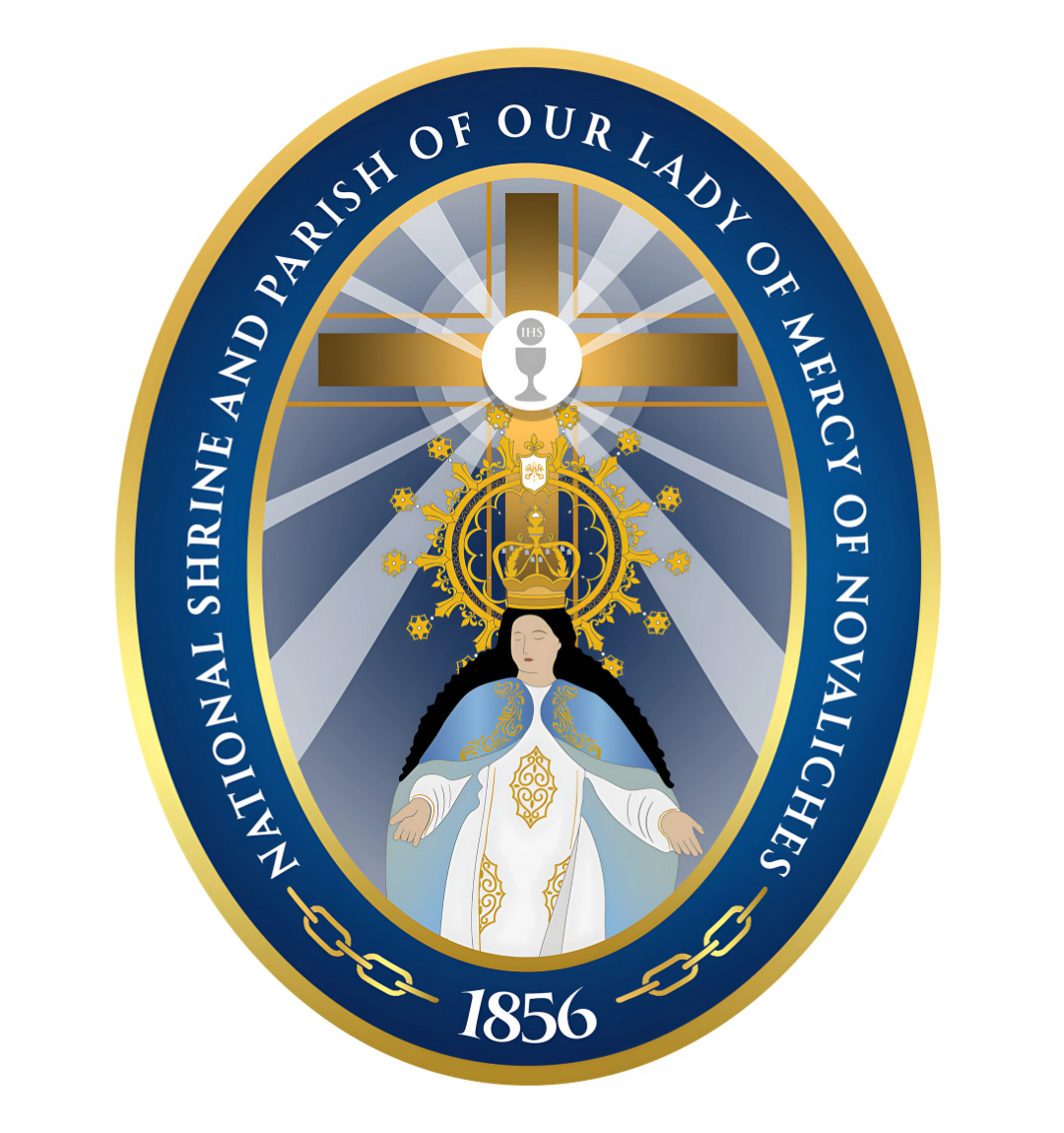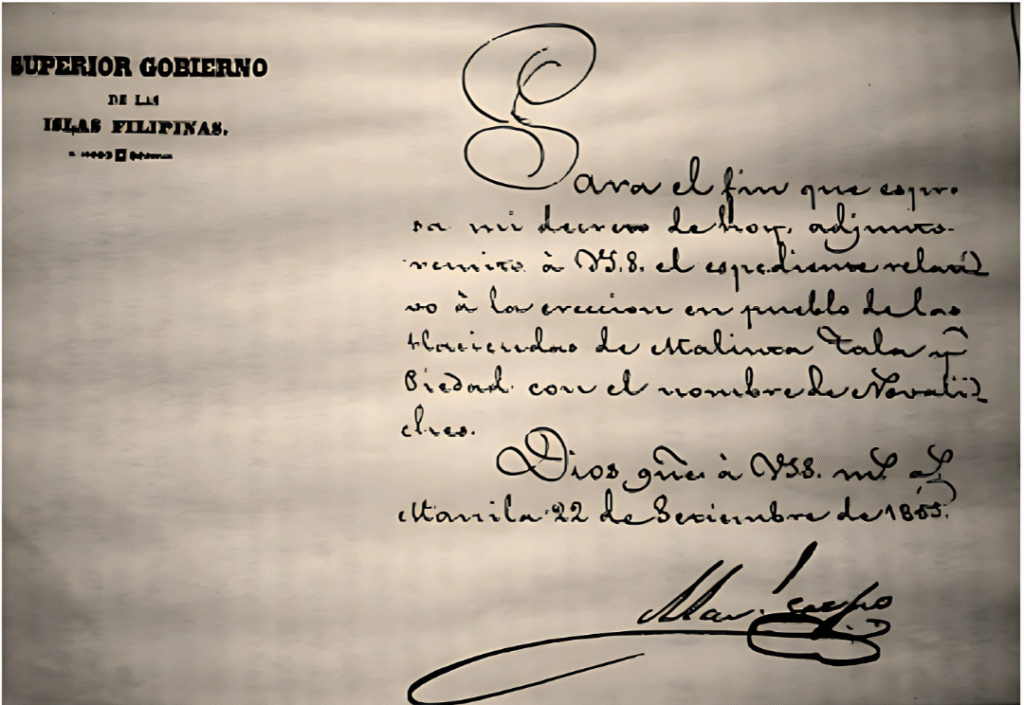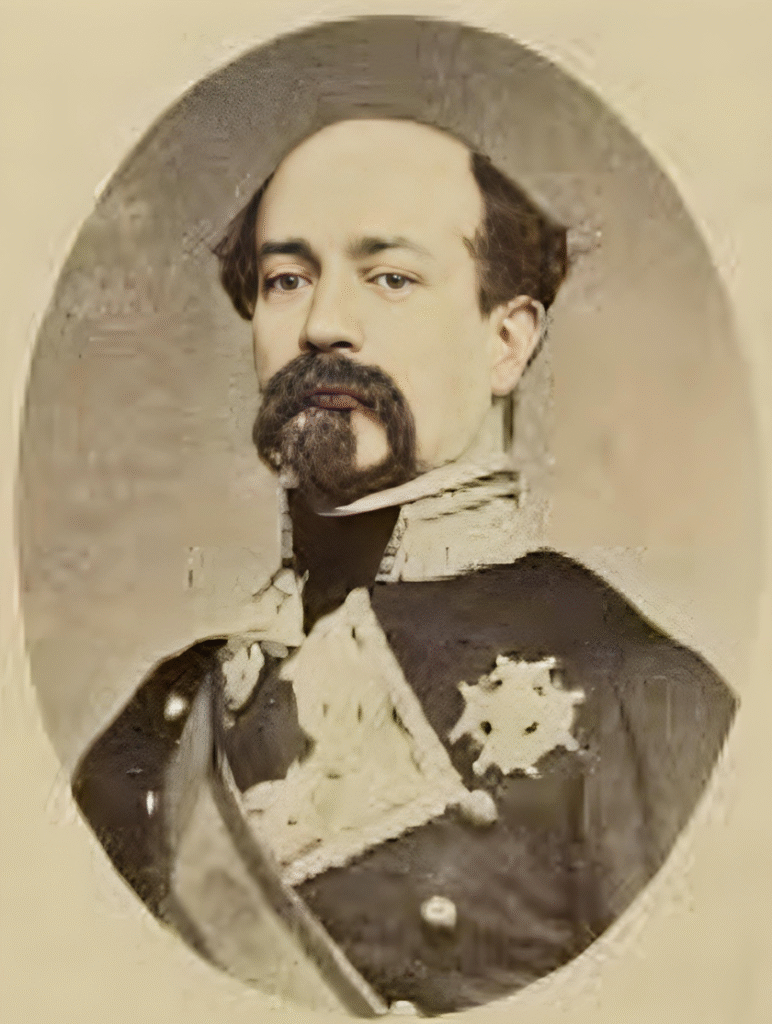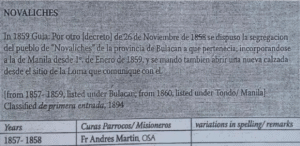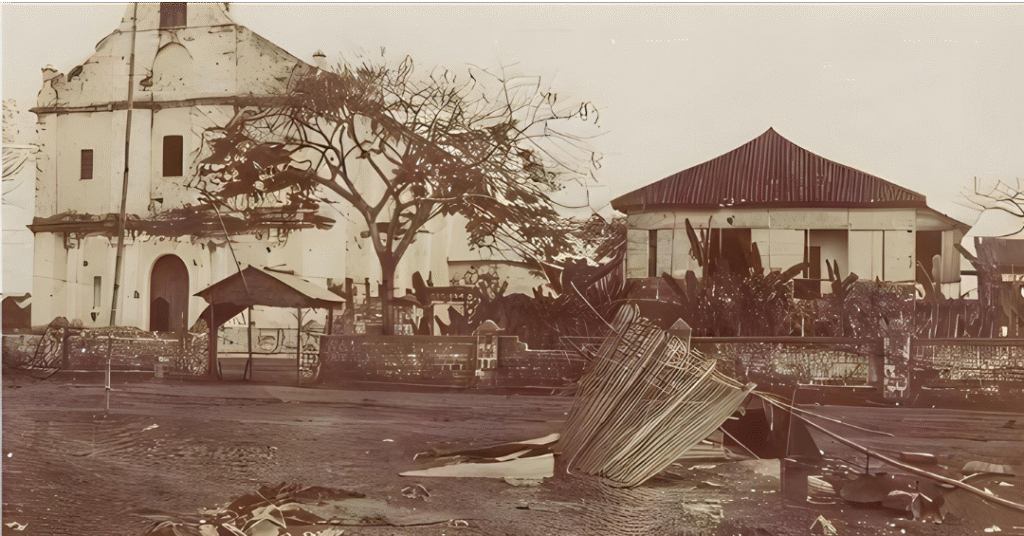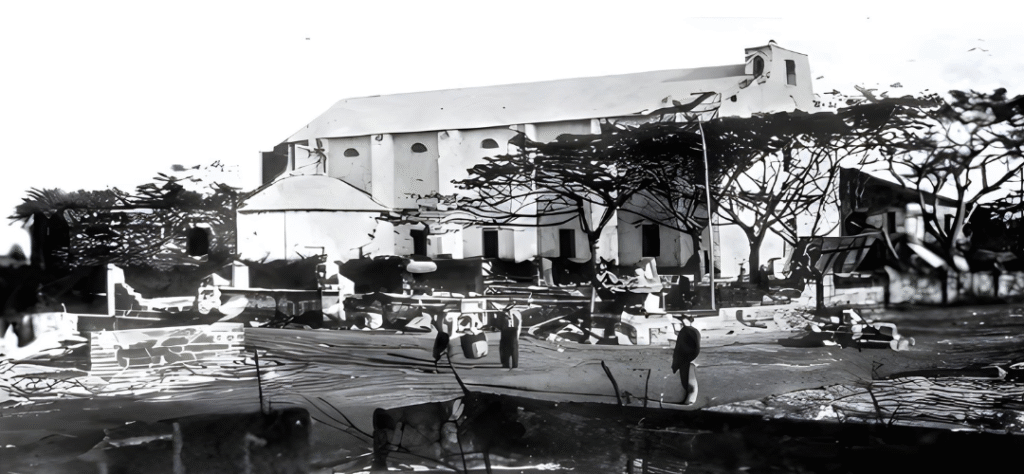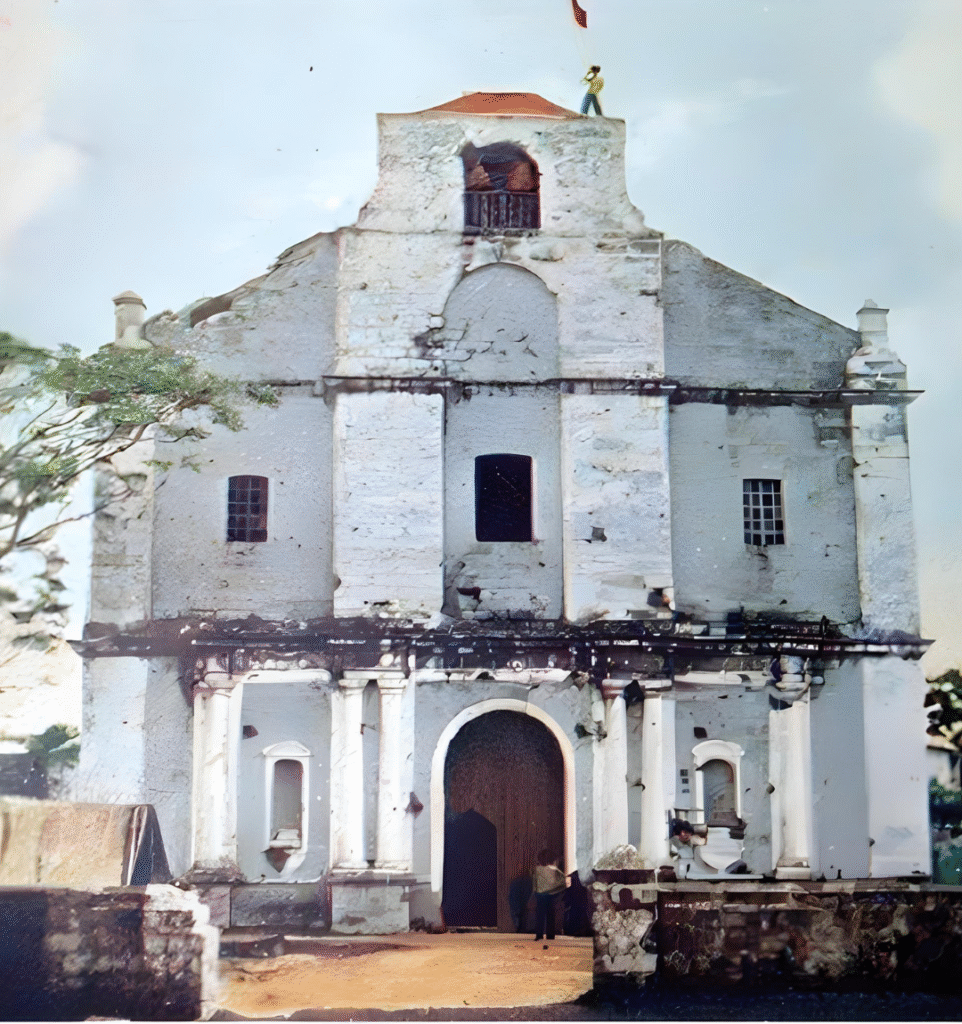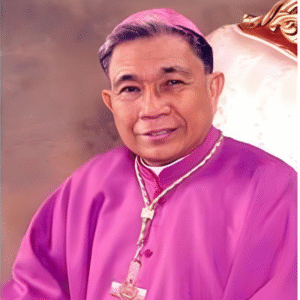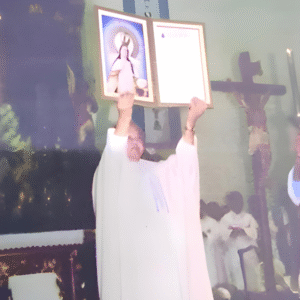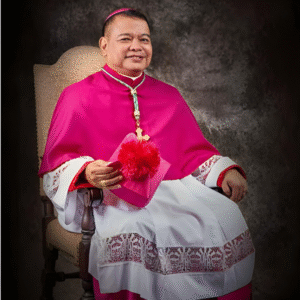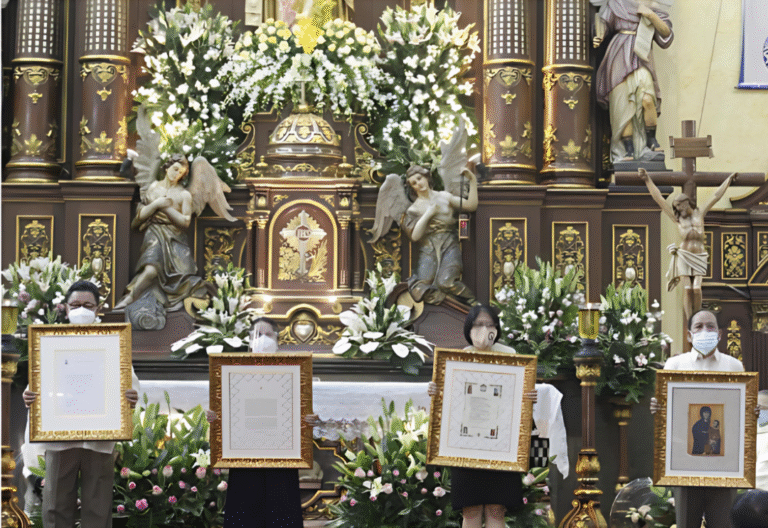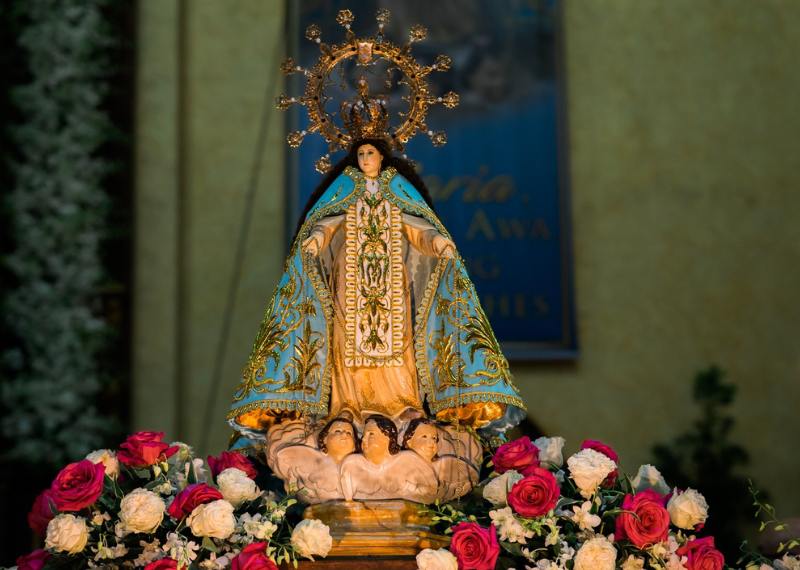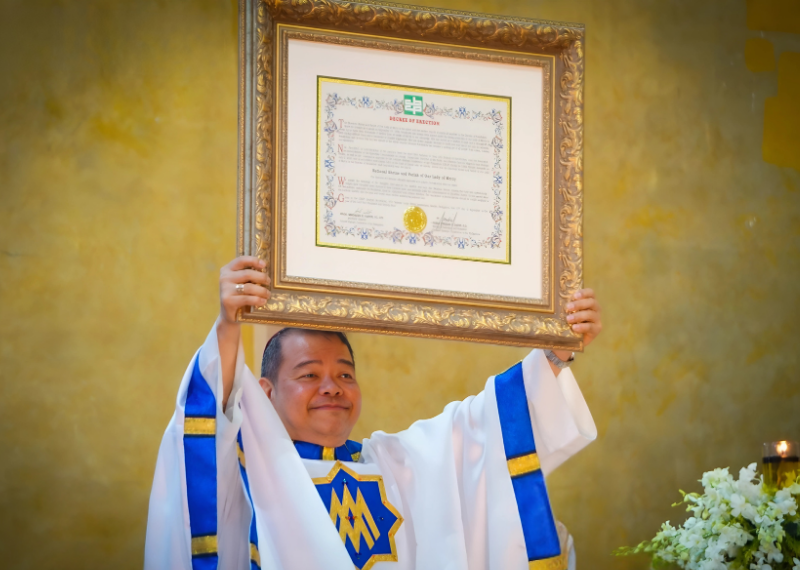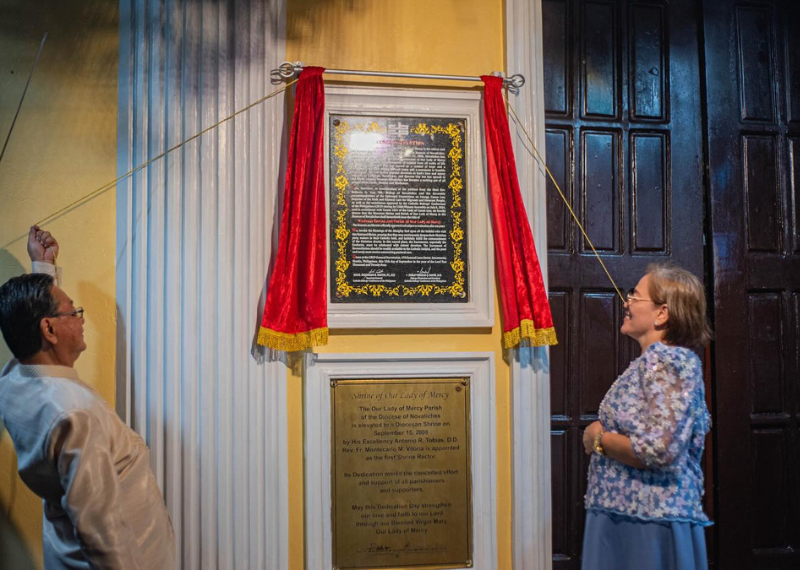Parish History
The Early Beginnings (1856–1896)
The story of the National Shrine and Parish of Our Lady of Mercy begins in the mid-19th century when the Principales of Polo, Bulacan petitioned for independence of the haciendas of Malinta, Piedad, and Tala. This was granted on June 15, 1855, establishing a new pueblo.
On September 22, 1855, Governor General Manuel Crespo y Cebrián officially named it Novaliches, in honor of his predecessor, Manuel Pavía y Lacy, Marqués de Novaliches.
The Time of Revolutions (1896–1903)
During the Philippine Revolution in 1896, Novaliches became a battleground between Spanish soldiers and Katipuneros. In the violence, the convent was burned down. The Katipuneros spared the townspeople, allowing women, children, and the elderly to flee to the mountains of San Mateo.
When American forces took over in 1898, Spanish priests were repatriated to Spain. From 1899 to 1903, the parish was left abandoned, with no priests to celebrate Mass or offer sacraments.
Revival and Transition (1903–1930)
In 1903, administration of the parish was transferred to San Roque Parish, Caloocan. From 1916 to 1930, Fr. Victor Raymundo, a diocesan priest, ministered to Novaliches from Caloocan — traveling on horseback to reach the community.
By 1930, Novaliches regained its independence as a town and as a parish with its own resident priest once again.
The Complex Case of Development (1962–1974)
With the creation of the Dioceses of Imus and Malolos in 1962, the Parroquia de Nuestra Señora de la Merced de Novaliches remained the sole parish in its surrounding area under the Archdiocese of Manila.
Significant territorial changes followed. In 1972, Rufino J. Cardinal Santos established Our Lady of Fatima Parish in Urduja Village, Caloocan, detaching it from the mother parish. This marked the beginning of the parish’s role in giving birth to new communities.
By 1974, the parish’s name appeared in official records as Our Lady of Mercy Parish, Novaliches. This was a time of expanding influence, but also growing complexity as different areas developed under distinct pastoral structures.
A Period of Growth and Transition (2000s - Present)
On December 7, 2002, Pope John Paul II formally established the Diocese of Novaliches through the Apostolic Constitution Animarum Utilitati. He appointed Bishop Teodoro Bacani as the first residential bishop and designated the Parish of the Good Shepherd in Fairview as the diocesan seat—though Our Lady of Mercy remained its oldest and most historic parish.
Due to Bishop Bacani’s early resignation, Bishop Antonio Tobias was appointed administrator and later installed as the second bishop of the diocese in January 2004.
Through the years, the parish remained a center of spiritual renewal and Marian devotion, becoming the mother parish of over 40 communities across Novaliches. It was elevated as a Diocesan Shrine in 2008, affirming its spiritual significance in the region.
On June 6, 2019, Pope Francis accepted Bishop Tobias’ resignation and appointed Rev. Fr. Roberto O. Gaa as his successor. He was ordained bishop on August 22, 2019, at the Manila Cathedral by Cardinal Luis Antonio G. Tagle and installed on August 24 in the Cathedral of Novaliches.
In October 2020, the current Parish Priest wrote a formal letter to Bishop Roberto Gaa, petitioning for an official recognition of what the faithful had long believed in their hearts — that Our Lady of Mercy, lovingly called Ina ng Awa, is truly the “Ina ng Novaliches” (Mother of Novaliches).
The appeal was deeply rooted in the historical, devotional, practical, and sentimental significance of the Shrine and its role in the lives of the people of Novaliches. While the Good Shepherd remains the titular Patron of the Cathedral, this heartfelt petition sought to recognize Our Lady of Mercy as the secondary Patroness, honored and cherished as the spiritual mother of the faithful in this place they call home.
In 2021, the Shrine was granted a Bond of Spiritual Affinity with the Papal Basilica of St. Mary Major in Rome, one of only four major basilicas in Rome, allowing pilgrims to share in its spiritual privileges.
Finally, on September 15, 2024, the Catholic Bishops’ Conference of the Philippines (CBCP) officially declared it a National Shrine — the first National Shrine in the Diocese of Novaliches, cementing its place as a recognized center of Marian pilgrimage in the country.
A Living Legacy of Mercy
From a small chapel to a beacon of Marian pilgrimage, the National Shrine and Parish of Our Lady of Mercy stands today as a living testament of faith, resilience, and the enduring mercy of God. It continues to be a sanctuary for pilgrims, a spiritual home for the faithful, and a radiant light in the heart of Novaliches.
